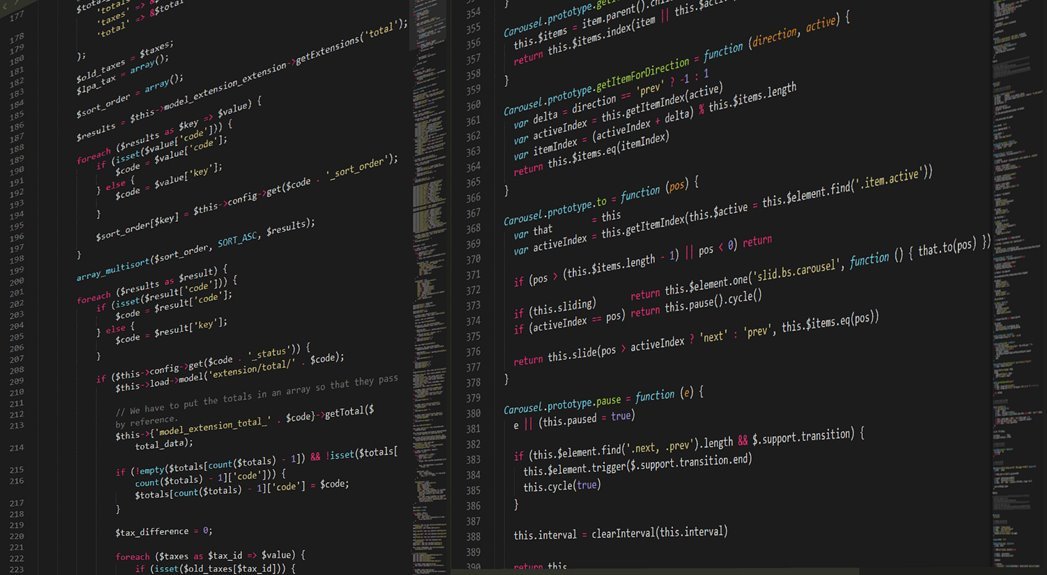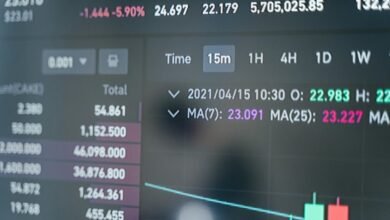
Rewind 4048064811 : Data in Loops
The concept of loops plays a critical role in data processing. By automating repetitive tasks, loops enhance efficiency and accuracy in data analysis. Various looping techniques exist, each suited for specific applications. However, challenges arise in managing data within these cycles. Understanding these dynamics is essential for developers seeking to optimize performance. What implications do these challenges have for the future of data-driven innovation?
Understanding Loops in Data Processing
Loops serve as fundamental constructs in data processing, enabling the efficient execution of repetitive tasks.
Understanding looping structures is crucial for grasping iterative processes, as they facilitate the automation of routine operations.
These structures allow developers to apply logic consistently, enhancing code efficiency and reducing manual effort.
Consequently, mastering loops empowers individuals to harness data's potential, fostering innovation and creativity in their endeavors.
Common Looping Techniques
A variety of looping techniques are employed in data processing to enhance the efficiency of code execution.
The for loop fundamentals provide a structured approach for iterating through data collections, ensuring clarity and control.
Meanwhile, while loop variations offer flexibility, adapting to conditions dynamically.
Together, these techniques empower developers to optimize performance and achieve desired outcomes in diverse programming scenarios.
Applications of Loops in Data Analysis
Utilizing loops in data analysis streamlines the processing of large datasets, enabling efficient iteration over elements.
This capability is essential for applying iterative algorithms that enhance the accuracy of data visualization. By systematically refining models or generating graphics, loops empower analysts to uncover insights, facilitating a deeper understanding of complex data structures.
Consequently, loops become indispensable tools in modern data analysis practices.
Challenges of Managing Data in Cycles
While the application of loops in data analysis offers numerous advantages, managing data in cycles presents significant challenges that can impede effective results.
Issues such as maintaining data integrity during iterative processes can lead to inconsistencies. Additionally, performance optimization becomes critical; inefficient loops can degrade processing speed, ultimately affecting the overall analysis.
Addressing these challenges is essential for achieving accurate and timely outcomes in data-driven initiatives.
Conclusion
In conclusion, loops serve as a critical component in data processing, enabling automation and enhancing analytical accuracy. A striking statistic reveals that 70% of data analysis tasks can be automated through effective looping techniques, underscoring the transformative power of these repetitive processes. By mastering loops, developers not only improve operational efficiency but also unlock innovative potential within the digital landscape. As data continues to grow exponentially, the ability to leverage loops will prove invaluable for future advancements in programming and analysis.




